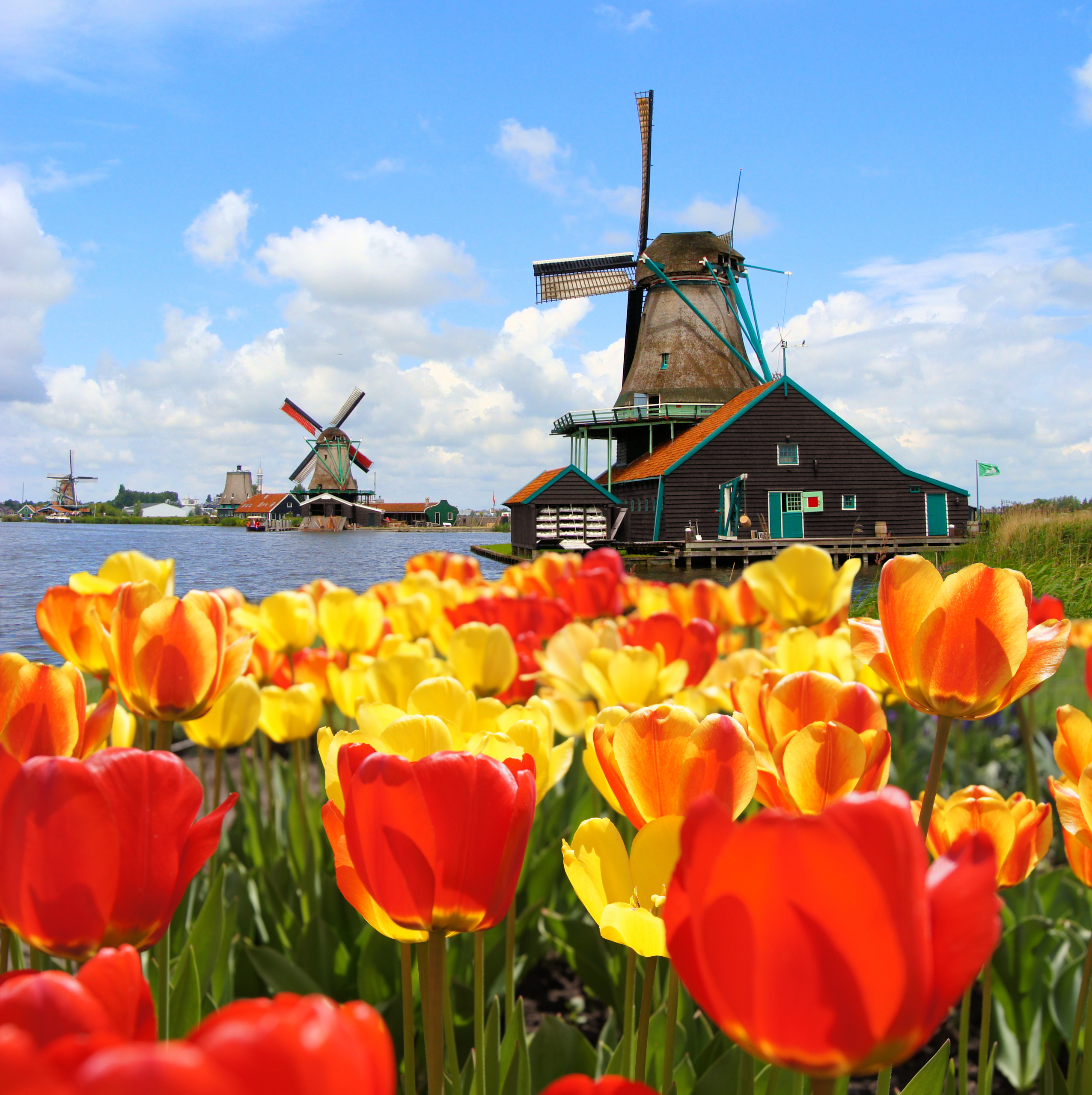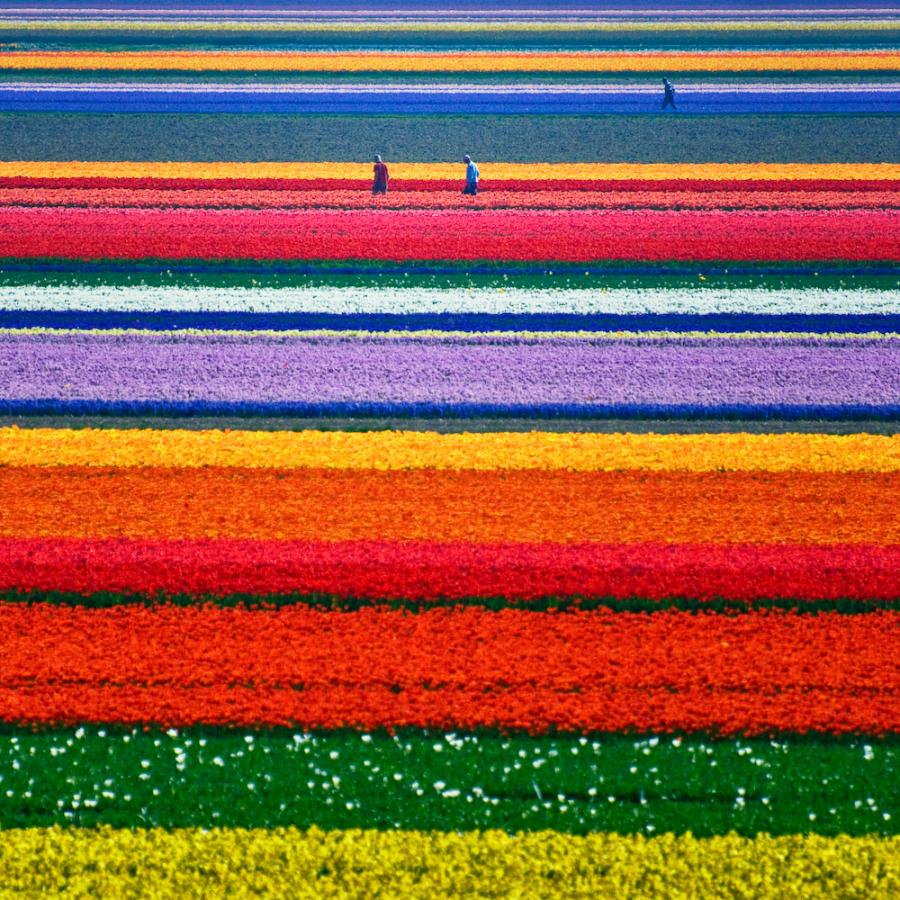There once was a flower that was unable to settle down anywhere. From the mountains in Kazakhstan, the flower bulb wandered about in Persia, China and Turkey. Until a Dutch scientist took the bulb with him to a small European country. There the flower enjoyed the climate and the soil, and the inhabitants immediately fell in love with the flower and soon designated it a national symbol. It all sounds like a fairy tale, but this is the true story of the tulip.
 DIRECTIONS: See the videos and listen to the link below. Topics that will be covered in the podcast will cover history. economics, geography, and the difference between Holland and the Netherlands. Take notes!!!
DIRECTIONS: See the videos and listen to the link below. Topics that will be covered in the podcast will cover history. economics, geography, and the difference between Holland and the Netherlands. Take notes!!!
Tulip mania or tulipomania was a period in the Dutch Golden Age during which contract prices for bulbs of the recently introduced tulip reached extraordinarily high levels and then suddenly collapsed.
At the peak of tulip mania, in March 1637, some single tulip bulbs sold for more than 10 times the annual income of a skilled craftsman. It is generally considered the first recorded speculative bubble (or economic bubble). The term “tulip mania” is now often used metaphorically to refer to any large economic bubble (when asset prices deviate from intrinsic values).

The End of the Tulip Bubble. The growth of Europe’s economy accelerated with the development of commodity and stock markets. While crucial to capital formation and investment these early markets also permitted speculative bubbles. Seventeenth-century Holland experienced one of the most unusual bubbles when tulip prices surged to unsustainable levels and then crashed. In this painting an officer protects an exceptional tulip while his men trample less valuable tulips in an attempt to maintain prices by reducing the number available for sale.
You must be logged in to post a comment.